Yoga is good for all types of people who have all types of fitness goals. No matter what your age, size, shape, or training regimen, you can reap the benefits of doing it on a regular basis. In fact, there are different types of yoga, and some of them are quite challenging regarding strength and balance.
Yoga is NIFS Group Fitness Class of the Month. Let’s take a look at some specific groups of people and why yoga can be beneficial to them.
Athletes
For many athletes, the idea of getting a good, solid workout means needing a wheelchair to get out of the gym. However, a good 60-minute yoga session could really help far more than the mind tells you it can. In fact, one of these sessions may be, at times, even more beneficial than that 60-minute lift you were just about to do. Yoga helps to improve strength, flexibility, balance, coordination, mental control, and mobility; increases power; and works as a perfect active-recovery exercise.
Seniors
For senior fitness, yoga is great to help gain better stability and balance. As people age, their balance, stability, and proprioception diminish. But with the help of yoga, you can slow down the process. On top of improved stability and balance, yoga helps to improve flexibility and overall joint health, reduces high blood pressure, improves breathing, and helps to reduce anxiety or depression.
The General Population
For the everyday exerciser who is simply trying to fit exercise into their regular, busy life schedule, yoga is great, too! Yoga is actually a form of physical fitness and has several benefits for those looking for a relaxing yet challenging workout. Yoga helps boost emotional health, reduce back pain, reduce heart disease, put asthma at ease, boost memory, improve flexibility… and the list goes on.
Youth
Yes, yoga is good for kids as well. Yoga is good for the youth population because it gives them time to step away from technology, inwardly connect with themselves, and listen to their own feelings and ideas. For this age range of people, it has been found that yoga can help improve self-esteem, attention span, empowerment, and self-regulation.
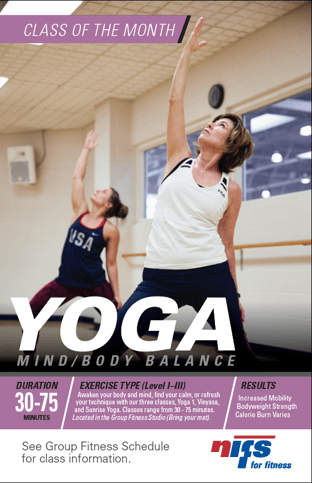 Powerlifters
Powerlifters
Believe it or not, powerlifting and yoga are a match made in heaven! Yoga for those who like to lift heavy helps improve grip strength and endurance, improve breathing, relieve knee and lower-back pain, aid in flexibility (specifically in the back for power lifters), and increase strength. While you might not be the first one in class to touch your toes, make that your next goal, then lift the car above your head!
***
Check out NIFS’ group fitness schedule and join us for a class in Indianapolis. Namaste, friends and fellow soon-to-be yogis!
This blog was written by Amanda Bireline, Fitness Center Manager. To find out more about the NIFS bloggers, click here.

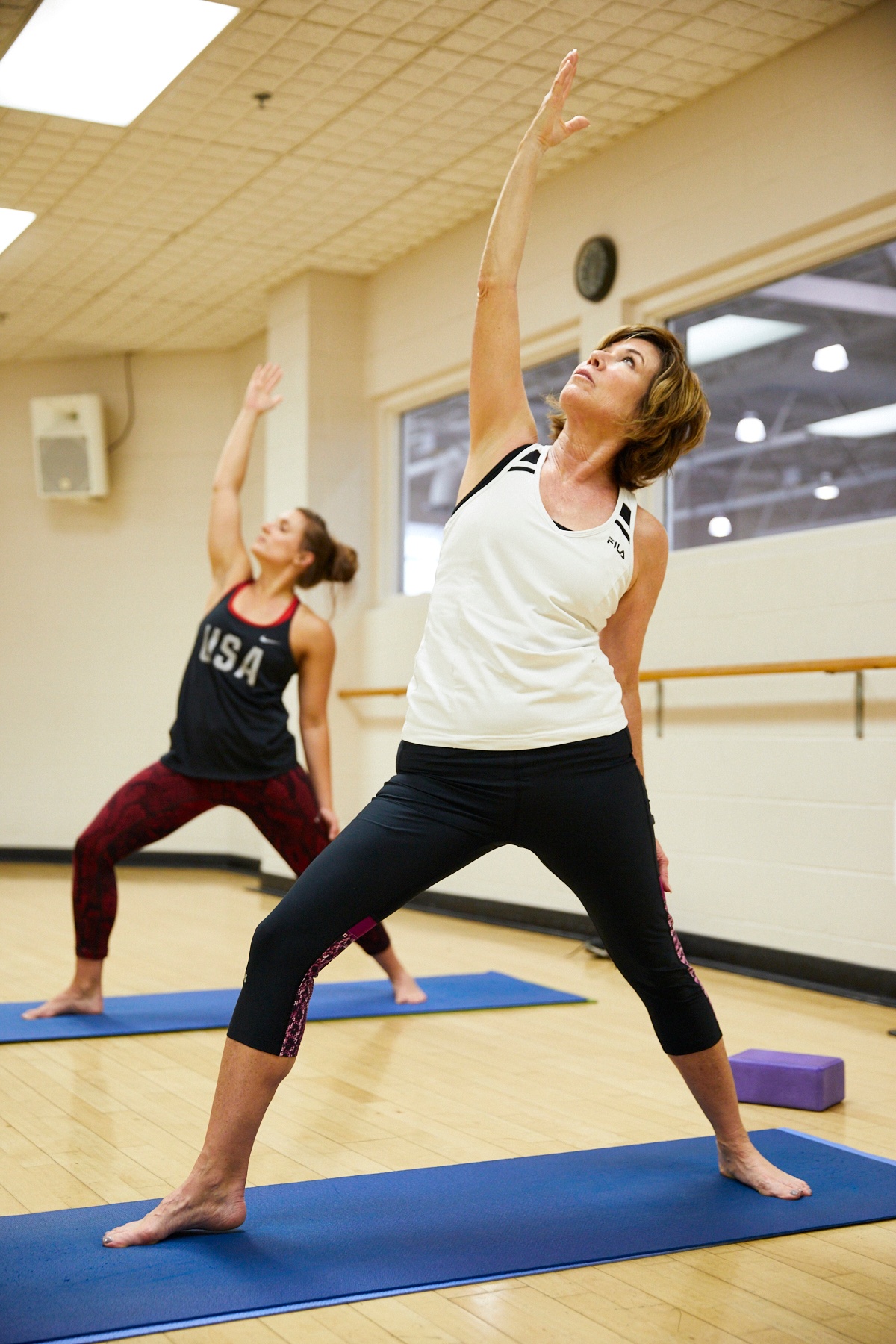

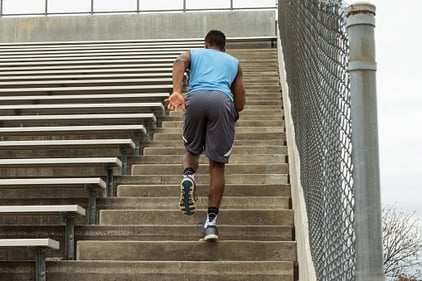 Summertime is in full swing, and whether you are a competitive or recreational athlete, changes are definitely happening to your normal schedule. For high school and collegiate athletes, more time is spent at home and for general fitness enthusiasts, more options are available to you to fulfill your exercise quota (in other words,
Summertime is in full swing, and whether you are a competitive or recreational athlete, changes are definitely happening to your normal schedule. For high school and collegiate athletes, more time is spent at home and for general fitness enthusiasts, more options are available to you to fulfill your exercise quota (in other words, 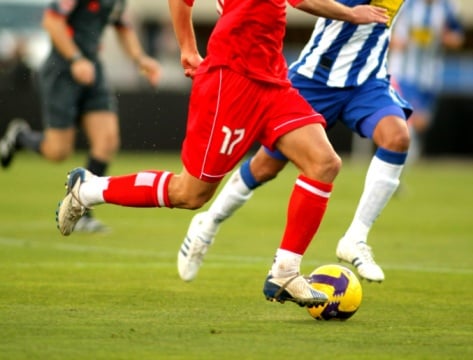 Once the competitive season begins, scheduling time to get in to lift is a lot more difficult due to the practices, games, and travel that are happening. To me, in-season lifting is sometimes undervalued in the competitive/athletic world because of the fact that the primary focus is to win games or matches, not lift weights. However, I believe that this is one of the most important (if not the most important) times during the year because of what lifting can do for the athlete throughout the competitive season and into the off-season.
Once the competitive season begins, scheduling time to get in to lift is a lot more difficult due to the practices, games, and travel that are happening. To me, in-season lifting is sometimes undervalued in the competitive/athletic world because of the fact that the primary focus is to win games or matches, not lift weights. However, I believe that this is one of the most important (if not the most important) times during the year because of what lifting can do for the athlete throughout the competitive season and into the off-season. 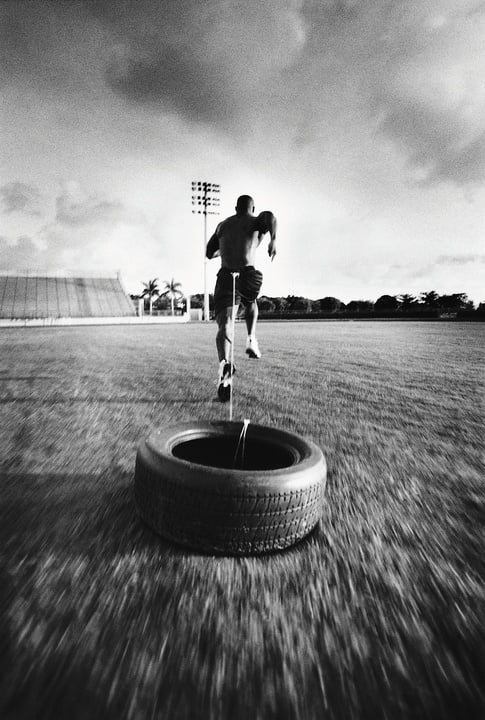 When putting together a program for anyone, client or athlete, you always want to have an idea when you would like to peak, or be at your best throughout that calendar year. For
When putting together a program for anyone, client or athlete, you always want to have an idea when you would like to peak, or be at your best throughout that calendar year. For